Late summer viewing 2014, part three
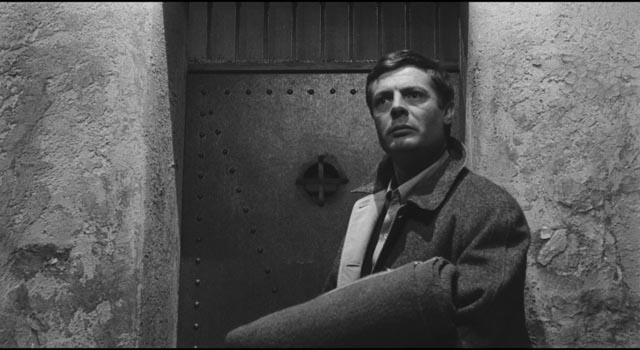
“A foolish consistency is the hobgoblin of little minds …” – Ralph Waldo Emerson
Beyond my enduring passion for sitting and watching images, stories and emotions playing across a screen, there’s not a lot of coherence in my movie viewing. My tastes are impossible to pin down and codify – I love Ed Wood’s Glen or Glenda in its own way as much as I love Andrei Tarkovsky’s masterpiece Stalker. Which is not to say that I equate them as works or art, only that each gives me pleasure by stimulating my own imagination in response to the vast range of creative possibilities which we as a species are capable of expressing. And so, as always, there’s no discernible pattern in what I’ve been watching recently. As I wrote a couple of weeks ago, I’ve spent a possibly embarrassing amount of time on “trash” this past summer, while the backlog of probably more worthwhile movies has grown considerably larger. While I devoted time to the Psychotronica Collector’s Set and old Chuck Norris and Arnold Schwarzenegger action movies, Arrow Video’s new dual-format limited edition box set of Walerian Borowczyk’s first five features plus a selection of shorts (already out of print) and the BFI’s three-disk Blu-ray set of Alain Robbe-Grillet’s first six features (both sets packed with useful contextual supplements) have been sitting on the shelf, waiting for the moment I feel I can devote to them the time and energy they deserve. As long as movies are being made and someone is releasing them on disk, there’ll be no catching up, no sense of completion. All I can do is keep watching and occasionally reporting here on what I’ve seen in a probably delusional belief that this blog to some degree “justifies” the time spent.
A Jester’s Tale (Karel Zeman, 1964)
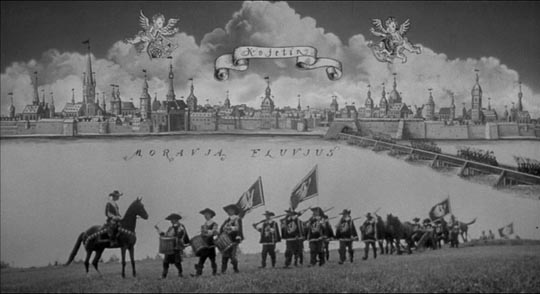
Thanks to Second Run in England, I’ve caught up with yet another of the unique features made by Karel Zeman, films which I had read about sporadically for decades before finally gaining access to them starting last September through a series of releases from the Muzeum Karla Zemana in Prague. The first of his films to be released on disk by an English-language company is A Jester’s Tale, a title I hadn’t previously heard of. Coming between Baron Prasil (Munchausen, 1962) and The Stolen Airship (1967), this film uses less animation than the other Zeman films I’ve seen, although it does make use of drawn sets and backgrounds as well as real landscapes. It tells the story of a peasant farmer, Petr (Petr Kostka), who finds himself caught up in the ebb and flow of the Thirty Years War (1618-1648), one of the most brutal and devastating periods in European history. Although the background is sketched in, Zeman’s concern is not with the historical events so much as with the futile madness of war as a human activity.
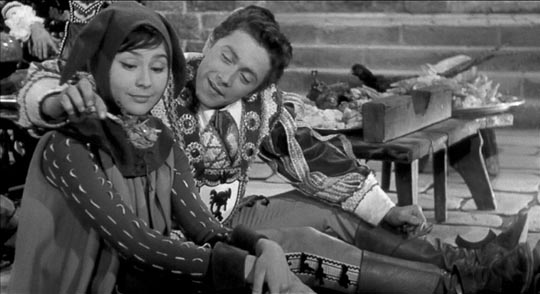
Petr is impressed into one army, only to escape and find himself dragged into another one. Gradually, through a series of events, he finds himself mistaken for a prominent officer (people are judged primarily by the clothes they wear) and caught up in palace intrigue through which he alternates between periods in a dungeon and betrothal to a noblewoman. Throughout his changes of fortune, Petr merely tries to survive by taking on whatever identity is most propitious at any one moment. His climactic escape with his beloved peasant girl Lenka (Emília Vásáryová) is not so much a happy ending as merely another stage in the precarious and contingent existence of an ordinary man whose life is battered by forces beyond his control.
As always, Zeman shows a great eye for richly layered imagery as well as a knack for physical comedy and pointed satiric detail. The print source for Second Run’s DVD is a bit battered, with noticeable scratches, but the image quality is sharp and attractive. The accompanying essay by Ian Haydn Smith gives a good brief overview of Zeman’s career and of this film’s place within it.
*
L’Assassino (Elio Petri, 1961)
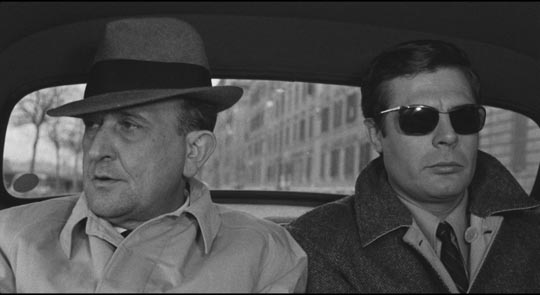
Coming quickly on the heels of Criterion’s excellent edition of Elio Petri’s masterpiece Investigation of a Citizen Above Suspicion, Arrow Video has brought out a dual-format release of this fascinating director’s first feature, L’Assassino (1961). This striking black-and-white film is notable for a number of reasons, not least for coming in the midst of a remarkable string of performances by star Marcello Mastroianni. The previous year he had hit it big with Fellini’s La Dolce Vita, while in ’61, in addition to Petri’s feature, he starred in Antonioni’s bleak dissection of middle-class marriage La Notte and Pietro Germi’s sardonic satire on Catholic constraints on romantic and sexual desire, Divorce Italian Style.
L’Assassino is in its way as bleak as La Notte, but Petri’s approach is more naturalistic, while clearly being a precursor (almost a mirror image) of the later Investigation of a Citizen Above Suspicion. Here, a man finds himself suspected of murder and hounded by a police inspector; in contrast to Investigation, the protagonist Alfredo Martelli (Mastroianni) is actually innocent of the murder of his mistress Adalgisa (Micheline Presle), but the intense scrutiny of his life exposes his character and his moral failings in a way which leaves him devastated. Even here in his first feature, Petri reveals a mastery of the camera, composing extended shots which use complex movement to evoke the shifting ground on which Martelli struggles to maintain a social front built on venal self-interest and hypocrisy. In Investigation, a corrupt system protects a murderer; in L’Assassino, made with equally devastating precision, a callous system exposes all the weaknesses of a man who has committed no crime.
The film looks terrific on Blu-ray, with that gorgeous Italian black-and-white look common to films of the period. There’s a ten-minute introduction to the film by critic Pasquale Iannone and a 51-minute documentary about legendary screenwriter Tonino Guerra; the latter suffers from being a rushed tour through Guerra’s life and career, but the writer nonetheless comes across as lively and charming, and it’s a startling reminder of a remarkable career which saw collaborations with the greatest directors of the period – Fellini, Antonioni, Rosi, de Sica, Monicelli, Tarkovsky, Angelopoulos …
*
The Changes (John Prowse, 1975)
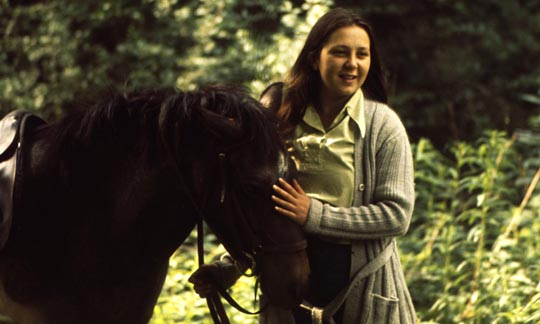
British television has a long history with science fiction and while Doctor Who is probably the best-known manifestation, the genre has often been treated with real seriousness and maturity – going back to the Quatermass serials of Nigel Kneale in the ’50s, Fred Hoyle’s A For Andromeda and its sequel in the early ’60s, several John Wyndham adaptations in the ’80s and so on. Like a lot of British TV, the focus has usually been on the writer, whether the source is an original script or an adaptation. Also, pace Doctor Who, fantasy and science fiction aimed at children has often been quite serious – with programs like Timeslip, Sapphire & Steel, and the three series adapted from Wyndham’s Chocky taking on weighty themes in sometimes surprisingly dark stories.
Perhaps one of the darkest kids’ sci-fi programs was the ten-part adaptation of Peter Dickinson’s trilogy, The Changes, which aired in early 1975. Written and produced by Anna Home – who not surprisingly had to fight against the inertia of the BBC management who considered children’s programming pretty much a waste of money – The Changes has many striking similarities to Terry Nation’s Survivors, the adult apocalyptic series which was broadcast just three months later that same year.
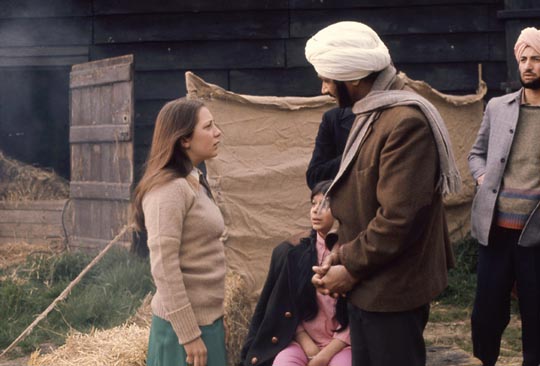
Home radically restructured Dickinson’s trilogy, reversing the order of the books and giving the ten-episode series a single protagonist to serve as the story’s focus. This is teenager Nicky (Vicky Williams), an ordinary lower middle-class schoolgirl who, as the story begins, lives with her father and pregnant mother in a typical English row house in a typical English town. When a strange force induces a form of communal madness in the population of Britain, an intense hatred of machines and all things technological, Nicky is separated from her parents as the family attempts to flee to France.
The episodic narrative takes Nicky to a number of communities coping with their return to pre-industrial times and her encounters illuminate various social and political issues relevant to contemporary Britain. Wandering along, she’s eventually taken in by a roaming extended family of Sikhs, whom she helps when they encounter distrust and outright racism when they settle on an abandoned farm. Later, she finds herself trapped in a village run by a religious fanatic who insists that she, as a stranger, must be a witch and responsible for all the community’s problems; here, she’s sentenced to death by stoning. Everywhere, it seems, an atavistic patriarchy distrusts and oppresses women.
Eventually, Nicky finds herself drawn to the source of the strange force which has devastated the country and solves the mystery which involves a primal entity reawakened by accident and angered to see what a mess human beings have made of the planet.
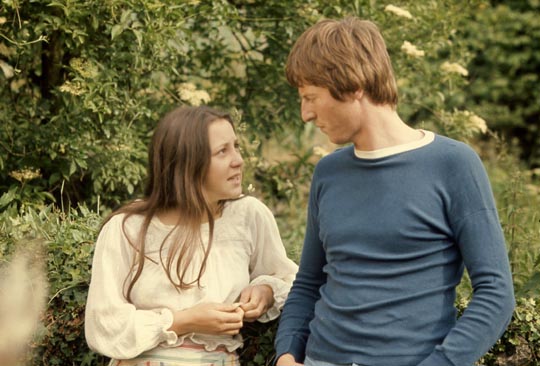
For a show aimed at children, The Changes makes no effort to present the apocalypse as a fun adventure; rather, it’s grim and dangerous. The show tackles those troubling social issues – racism, misogyny, violent factionalism, environmental degradation – and confronts them with a determined, intelligent, self-possessed teenage girl who manages to influence everyone she meets for the better. The social and natural landscapes are very much like those in Survivors, with many of the same moral problems to be dealt with. Director John Prowse, who seems to have worked exclusively in children’s television, serves Home’s script well, managing to give the series an almost cinematic look on a very restricted budget – aided considerably by shooting the entire thing on actual locations.
The BFI’s two-disk Region 2 DVD has an effectively bleak and grainy look. It would have been nice if some of the key people involved could have contributed to the release, but there are no interviews or commentaries, although the booklet offers an overview of the production and some information about Home, Dickinson and composer Paddy Kingsland, whose electronic score is quite interesting, even if it does date the production somewhat. The only extra is a half-hour Central Office of Information short about Asian immigrants and their religions (Hindus, Muslims and – the main reason for its inclusion here – Sikhs).
*
Red Shift (John Mackenzie, 1978)
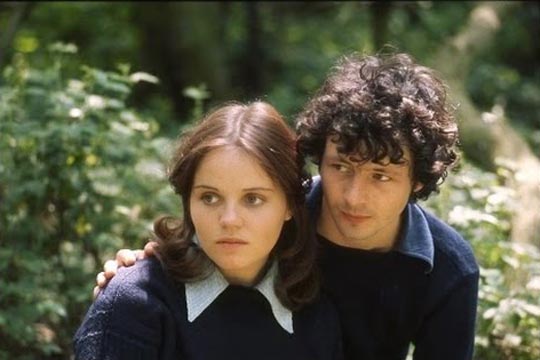
Alan Garner was long considered a children’s author, writing a series of fantasy novels rooted in English history and myth. I’ve only read a couple of his books, most notably The Stone Book Quartet, an evocative collection of four novellas rooted in the life of his family in Cheshire over a century. That book, like many of his other works, grew out of the place where he was born and still lives. The sense of mysticism which has always been strong in the English countryside permeates his work – from creatures of folklore to mytho-historical figures like King Arthur and Merlin (both reputed to still lie sleeping somewhere in the English earth – the latter being the mystical force responsible for The Changes in Dickinson’s trilogy).
But despite supposedly writing for children, there’s a good deal of darkness in Garner’s work. The source for this is forcefully explained in a fascinating 40-minute self-portrait created by Garner and director Lawrence Moore for the BBC in 1972, during the final stages of writing what may be his most highly-regarded novel, Red Shift. For Garner, all things are connected, micro- and macrocosm inextricably bound, with all of history existing simultaneously – and everything is governed by a single force: violence. Applied positively, this force has great creative power; negatively, it’s utterly destructive. Our relationship to this power governs our lives and shapes history – unfortunately, more often for the worse than the better. In the self-portrait, Garner asserts, somewhat unsettlingly, that his own creativity, his writing, is his way of controlling violent impulses – actually, he refers to them as homicidal – and that if he didn’t write out his anger, he would go mad.
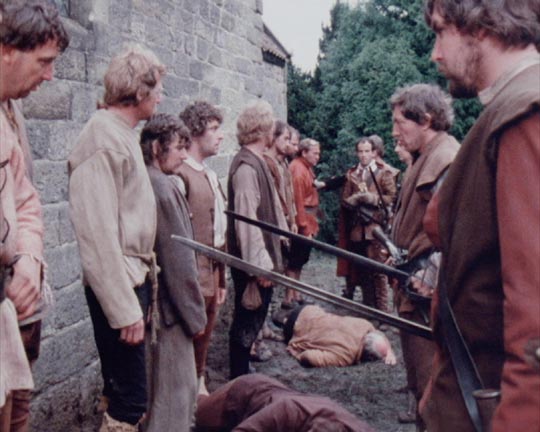
In Red Shift, three time periods intersect in the stories of three young men and their fraught relationships with women. In the present, Tom (Stephen Petcher) is wound so tight that he’s given to abrupt explosions of violent emotion. His girlfriend Jan (Lesley Dunlop) is moving away to London and he fears being abandoned, left in the stifling home of his stiff military father and oppressively puritan mother. Tom and Jan arrange to meet regularly at the nearby town of Crewe and they spend Saturdays out in the countryside; for him these days become the meaning of his life. It’s on one of their bike trips out of town that he finds a carved stone hidden in a ragged stone wall. This is an ancient ceremonial axe head, which provides the connection to Macey (Andrew Byatt), an orphaned boy taken in by a unit of Roman soldiers lost in the Celtic wilderness almost two thousand years earlier.
Macey, unanchored by either family or community, is given to black-outs during which he becomes fearless and violent, wielding that axe to kill in defence of the Romans. He, an officer and two other men find themselves on a sacred hill, where they discover a young woman (Veronica Quilligan) hiding in a cave. The soldiers rape her and plan to kill her, but Macey and the officer keep her alive (although she’s subjected to some more disturbing violence as their prisoner). This woman, a goddess to the local tribe, becomes pregnant from the rapes and eventually poisons the soldiers, who go mad … all except Macey, whom she spares because he alone treated her with tenderness.
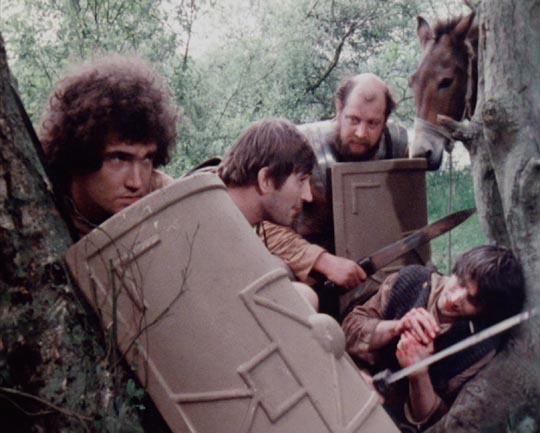
In the third narrative strand, set during the Civil War, Thomas Rowley (Charles Bolton) and his wife Margery (Myra Frances) find the axe head, which they believe to be a thuderstone, created by a lightning strike and thus imbued with a power to protect. But they live in a village which is attacked by Royalist troops who are looking for John Fowler (James Hazeldine), a village leader who has sided with Parliament. While promising to spare the village if Fowler comes forward, the Royalist officer, having killed Fowler, orders his men to slaughter the villagers (an event actually drawn from history). However, one of his men, Thomas Venables (the great Michael Elphick), a former villager who lost Margery to Rowley, manages to save the couple and get them away to safety.
In Garner’s view, only the tenuous power of love can offset the awful force of the violence which drives the world. And at almost every moment, that love lies under threat of misunderstanding and blind anger. The human power to communicate becomes the only thing which stands against chaos.
John Mackenzie, who went on just two years later to direct his masterpiece, The Long Good Friday (1980), does very well on a limited television budget, keeping the three periods alive and distinct while drawing effective, at times intense, performances from his cast. The BFI DVD, using a hi-def transfer from an original 16mm print, looks surprisingly good, with colours subtly differentiating the three periods. In addition to that author’s self-portrait, Alan Garner: All Systems Go (an episode from One Pair of Eyes, a long-running documentary series), the disk includes a real oddity: Spirit of Cheshire (Kevin Marsland, 1980), a combination travelogue and promo film for the Rolls-Royce company, in which a collection of Rolls models dating from the 1910s to the present tour Garner’s home county, visiting some of the sites evoked in the book Red Shift and the film adapted from it – all narrated by Michael Hordern as the voice of a mint-condition Silver Ghost.
Comments